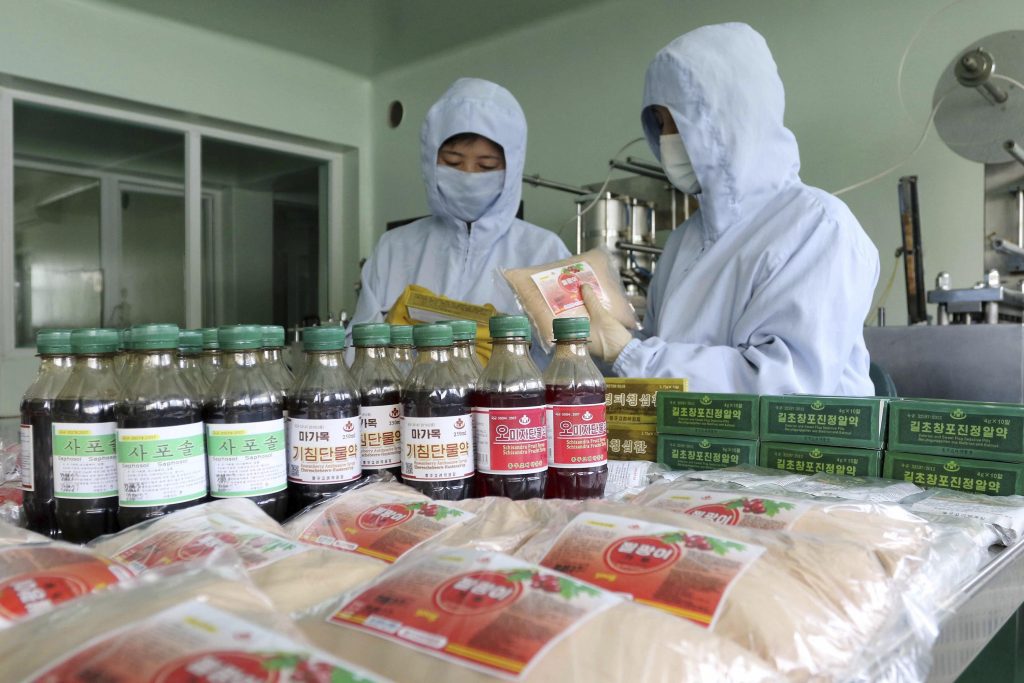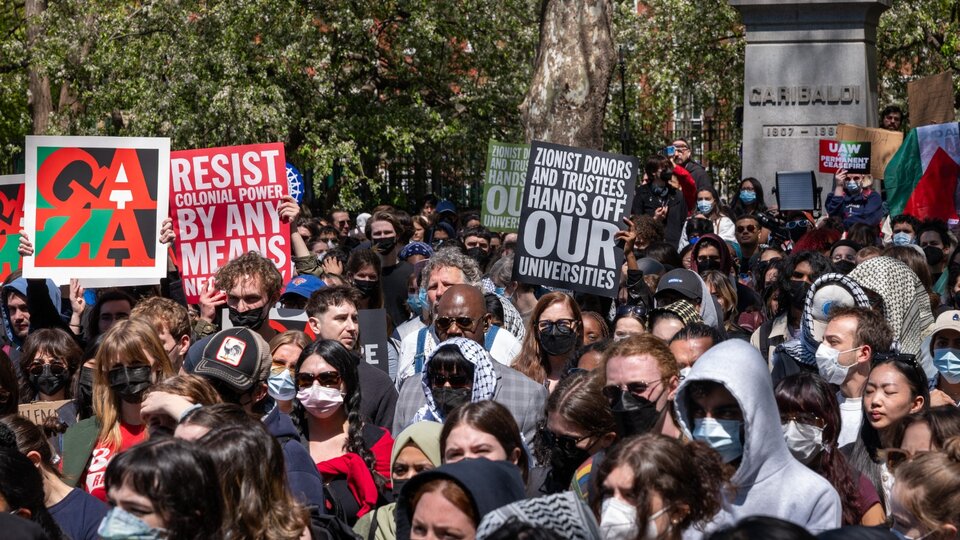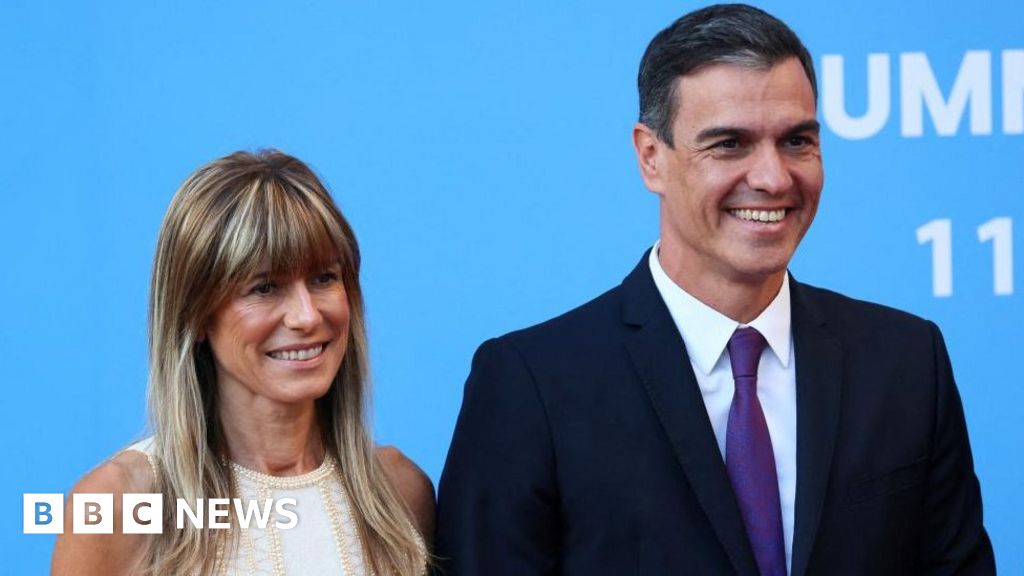
BAJO, South Korea (AP) – As a medical student in North Korea, Lee Gwang-jin said he treated fevers and other minor ailments with traditional herbal medicine. But a bad illness could mean trouble because hospitals in his rural town lack the ambulances, beds and sometimes even electricity needed to treat critical patients or in emergencies.
So Lee was skeptical when he heard recent North Korean state media reports that claimed that the so-called traditional medicine of Koryo plays a major role in the nation’s fight against COVID-19, which has claimed millions of lives worldwide.
“North Korea uses Koryo medicine a lot (for COVID-19)…but it’s not a sure cure,” said Lee, who studied Koryo medicine before fleeing North Korea in 2018 for a new life in South Korea. “A person who is destined to survive will live (with such a drug), but North Korea cannot help others who are dying.”
Like many other aspects of life in North Korea, the drug that the country says treats its patients is used as a political symbol. Experts say this will eventually allow the country to say its leaders have overcome the outbreak, where other countries have repeatedly failed, by providing local remedies, Independent of outside assistance.
While state media are running stories about the drug’s effectiveness and massive production efforts to make more of it, there are questions about whether people who are acutely ill are receiving the treatment they need.
Defectors and experts believe North Korea is bottling Koryo just because it doesn’t have enough modern medicine to fight COVID-19.
“Treatment of mild symptoms with Koryo drugs is not a bad option. … But the coronavirus does not only cause mild symptoms,” said Yi Junhyuk, a physician and traditional researcher at the South Korean Institute of Oriental Medicine. “When we think of critical and high-risk patients, North Korea needs to Vaccines, emergency care systems, and other medical resources they can use” to reduce deaths.
It has been more than two months since North Korea acknowledged its first outbreak of the coronavirus. The country has reported an average of 157 fever cases each day for the past seven days, a significant drop from the peak of 400,000 cases per day in May. It also maintains a widely contested claim That only 74 of about 4.8 million fever patients died, a mortality rate of 0.002% would be the lowest in the world if this were true.
Despite widespread external skepticism about the truth of North Korea’s reported statistics, there are no indications that the outbreak has caused disaster in North Korea. Some outside experts say the North may soon formally declare victory over COVID-19 in a bid to bolster internal unity. North Korea may then emphasize the role of Koryo medicine as a cause.
“North Korea calls Koryo medicine ‘juchi (self-reliant) medicine’, and treats it importantly and regards it as one of its political symbols,” said Kim Dongsu, a professor at the College of Korean Medicine at Dongchin University in South Korea. “North Korea does not have many academic and cultural achievements to announce, so it is likely to actively disseminate Koryo medicine.”
North Korea officially incorporated Goryeo medicine – named after an ancient Korean kingdom – into its public health care system in the 1950s. Its importance has grown sharply since the mid-1990s, when North Korea began experiencing a major shortage of modern medicine during a severe famine and economic turmoil that killed hundreds of thousands of people.
Koryo medicine refers to herbal formulations that sometimes include animal parts, acupuncture, cupping, moxibustion, and meridian massage. Such ancient remedies are used in many Asian and Western countries as well. But while traditional and modern medicines operate in those countries independently, North Korea has combined the two.
Medical students are required to study both modern medicine and traditional medicine in school, regardless of their major. So once they become medical professionals, they can practice both. Every hospital in North Korea has a Koryo medicine department. There are also Koryo Medicine-only hospitals.
Kim Geun, a dissident and traditional doctor in South Korea, said she majored in Goryeo medicine at school in the North but eventually worked as a pediatrician and internal medicine doctor. She said that South Koreans generally use traditional medicine to maintain or improve their health, but North Koreans use it to treat a variety of ailments.
In South Korea, patients with cerebral hemorrhage, cirrhosis, liver cancer, ascites, diabetes and kidney infections do not come to traditional clinics. “In North Korea, they are treated by traditional doctors,” said Kim, who was resettled in South Korea in 2002 and now works at Well Sime Hospital for Korean Medicine.
North Korea’s main newspaper, Rodong Sinmun, recently published a slew of articles praising herbal medicine and acupuncture for treating fever patients and reducing the after-effects of COVID-19 illnesses, including abnormal pains, heart and kidney problems, nausea and coughing.
The newspaper also published calls for leader Kim Jong-un to adopt Koryo medicine. Other government media reports said that production of Koryo has quadrupled since last year, while a huge amount of modern drugs were quickly delivered to local medical institutions, a claim that cannot be independently verified.
North Korea’s nominally free socialist medical system remains in disarray, with defectors attesting that they must buy their own medicines and pay doctors for surgeries and other treatments. They say North Korea’s advanced hospitals are largely concentrated in the capital, Pyongyang, where the ruling elite and upper-class citizens loyal to the Kim family live.
Lee, 29, who attended medical school in the northern North Korean city of Hyesan, said that Koryo doctors reuse acupuncture needles after sterilizing them with alcohol, and hospitals usually charge patients for using electricity for a medical examination.
H.K. Yoon, a former North Korean doctor who fled the country in mid-2010, said her mid-level hospital in the northeast has no ambulance or oxygen concentrator, and there are only three to four beds in the emergency room. She said she shared surgical equipment with other doctors, and her monthly stipend was the equivalent of 800 grams (1.76 pounds) of rice.
“My heart aches when I remember the lack of surgical equipment,” said Yoon, who asked that her first name be identified only by her initials due to safety concerns for her relatives in North Korea. “When my patients were critical, I wanted the surgeries done quickly. But I couldn’t do that because the surgical equipment was being used by someone else, and I was worried about how quickly I could sterilize and use it.”
Some experts earlier predicted that the outbreak of COVID-19 could cause dire consequences in North Korea because most of its 26 million residents are not immunized and about 40% of its population is undernourished. Now, they speculate that North Korea will likely under-report the death toll to prevent Kim Jong-un’s political damage.
Lee, a former North Korean medical student, said people in Hyesan only went to hospitals if they were very sick.
“When they are moderately ill, they only receive acupuncture or Koryo herbal medicine. They trust Koryo medicine but they also don’t make much money and Koryo medicine is cheaper than Western medicine,” he told me.

“Travel specialist. Typical social media scholar. Friend of animals everywhere. Freelance zombie ninja. Twitter buff.”




More Stories
Spanish Prime Minister Pedro Sanchez suspends his public duties while his wife faces investigation
The Greek sky turns orange over Athens as dust from the North African Sahara blows
Russian Deputy Defense Minister Timur Ivanov was accused of receiving bribes